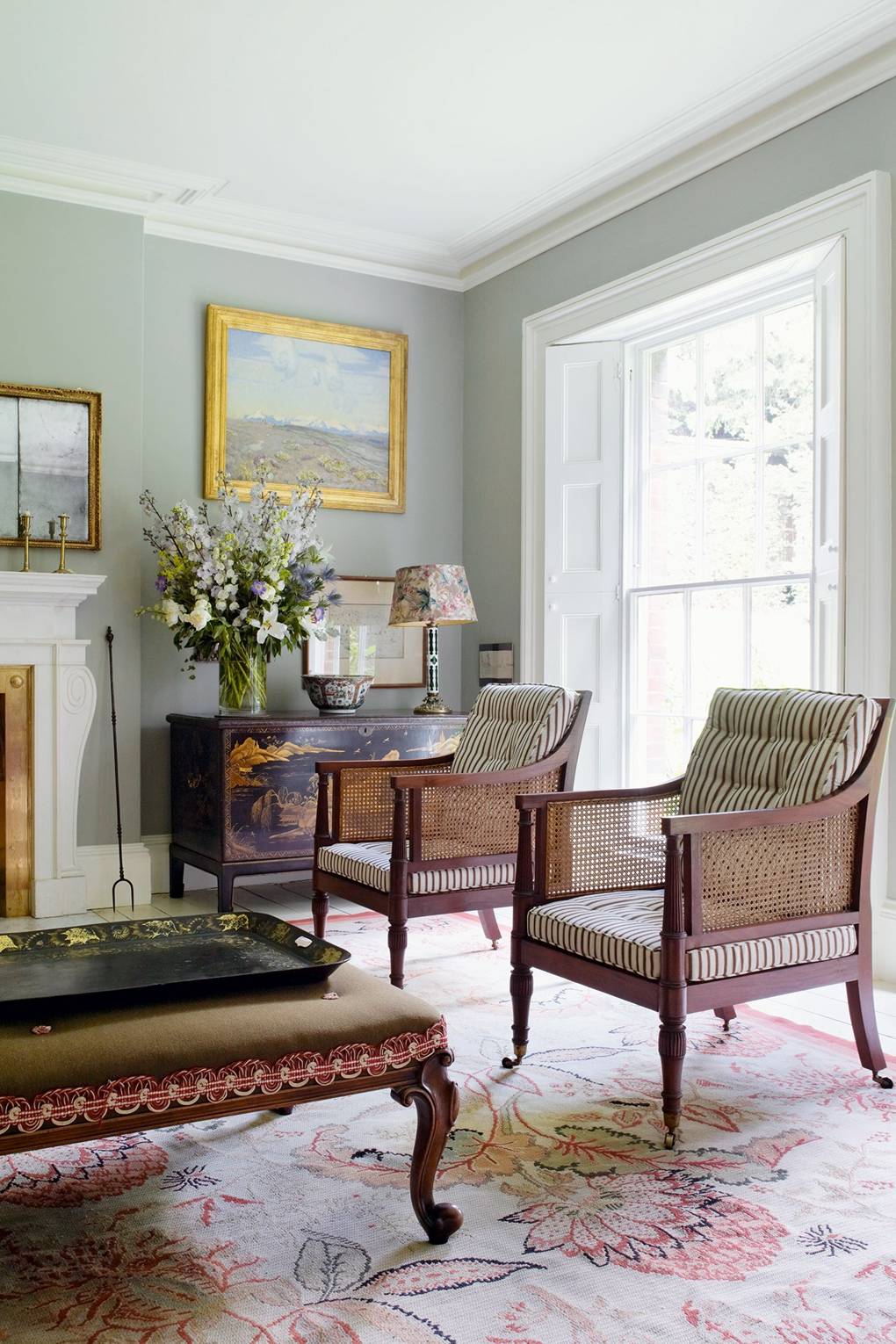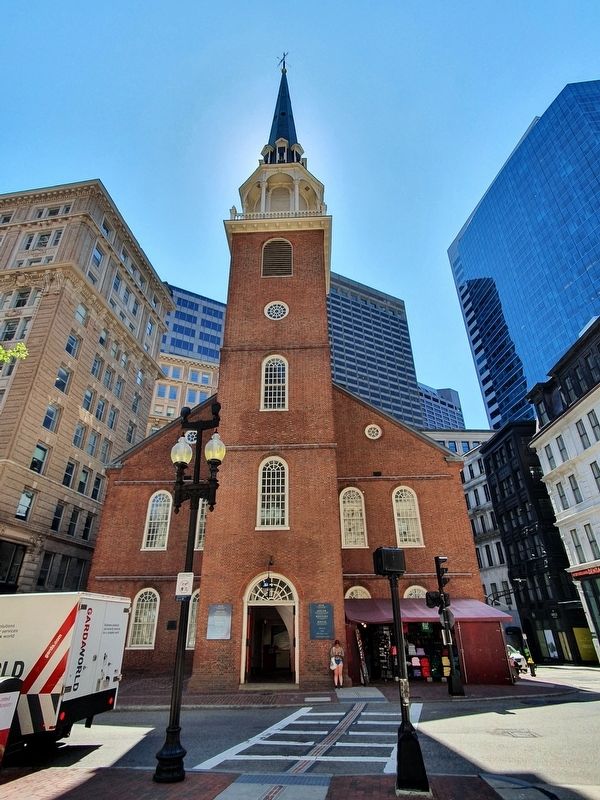Table Of Content

It’s a lovely example from its time with two bow-fronted oriel windows on either side of the shop door. A lot of the decorative detail is classical but there’s some splendid rococo panel-frames too. There’s so much to see here that we risk geeking you out on a lot of architectural jargon. To stop you from fleeing, we’ll limit the technical speak to the images where it’ll make more sense. This corner of Soho has some of the best examples of houses from the Early Georgian period in the whole of London. By the end of this exhibit you'll be able to point out key architectural features that make a house Early Georgian as well as learn some architectural terms which you will be able to apply to other buildings from different eras.
A Brief History of Georgian Architecture
In 1776, the United States may have rebelled from being under the political throes of the third King George, but the architectural style noted significantly for its symmetry and proportion, endured for several more decades. This style is heavily influenced by mathematical symmetry with design accents that harken back to ancient Rome and Greece. Like all structures, Georgian house floor plans require a sturdy foundation for stability and strength. The type of foundation used typically depended on the geographical region and the local construction practices when the house was built. Inside, however, the most significant change today in modern Georgian home design is that owners are looking for a cleaner, more contemporary feel.
CGI Architecture Rendering: History and Benefits
Georgia House committee passes a new fishing rights bill, but is it too restrictive? - Macon Telegraph
Georgia House committee passes a new fishing rights bill, but is it too restrictive?.
Posted: Fri, 16 Feb 2024 08:00:00 GMT [source]
Those British monarchs, as one might guess, were all named George and were from the same family, the House of Hanover — George I, George II, George III, and George IV. The Georgian style, however, was not adopted in the American colonies until about 1700. The settlers of this growing and increasingly prosperous American colony started to seek a more prestigious and fashionable architectural style for their public buildings and eventually their homes. Georgian-style houses are known for exacting symmetry and proportions, and are designed with the Golden Ratio in mind. They were built in English-speaking countries and colonies during the reigns of Britain’s four King Georges, between 1714 and 1830.
10 Downing Street
Built-in and applied mirrors are often incorporated to help spread light throughout the interiors. Floors can be planked, stripped, painted, or patterned wood, stone slab or tile, ceramic tile, or other surfaces which are often supplemented with area rugs. Traditional lighting includes hanging lamps and sconces but today includes surface-mounted ceiling lights frequently supplemented with built-in recessed down and accent lighting. Landscapes in Georgian homes typically mimic and reinforce the architecture by including central and symmetrical - walkways, gates, driveways, motor courts, (boxwood and other) hedges, flower beds, shrubs, and trees.
Best UK Georgian properties on the market in October 2023 - The Week
Best UK Georgian properties on the market in October 2023.
Posted: Fri, 13 Oct 2023 07:00:00 GMT [source]
Georgian homes and offices built of wood often had decorative pediments over the windows, while brick Georgian buildings had decorative brick headers above a window. Because of Georgian architecture’s relentless symmetry, a more asymmetrical gable roof would be noticeably inappropriate. The hip roof was popular with Christopher Wren and all those who admired and emulated his rules of architectural design. When variations were sought, a Georgian roof would sometimes sport balustrades further embellished with decorative moldings and trim. In the South, Georgian houses were occasionally constructed of stone and stucco, but Georgian style usually meant brick. The brickwork occasionally incorporated a horizontal belt course between the first and second floors.
You can see these super fancy crimson bricks here around and above the windows, used for arches and as decorative dressings (that bit on each side of the window). Our 18th-century originals are confined to the thirteen Colonies, but Georgian style flourished again, more widely, during the height of the Colonial Revival. Georgian design—symmetrical, well-proportioned, simple yet substantial and vigorously detailed—is timeless and uplifting. Justin is working for artincontext.org as an author and content writer since 2022.
Their pleasing geometry, achieved in part by employing the golden mean, is pleasing to the eye. Georgian-style residences were built to provide the appearance of more space and natural light, which earlier architectural elements lacked. Georgian architecture is a wide genre that includes great English country estates, tiered townhouse complexes in London and Ireland, US plantation houses, and New England residences and university campuses. Builders and architects love using classic features from the past but mix them with modern touches. Georgian architecture had revival periods in the late 19th and early 20th centuries in the U.S. and Britain and is still a popular style today for the building of suburban townhouses and homes. Georgian architecture in the U.S. can be found primarily in the Northeast, Midwest, and South.
Popular elements in current architecture
This is mostly in response to owners’ desires for lower initial costs and less long-term maintenance. For convenience and aging in place, more homeowners are now installing small personal home elevators as well. Ensuite closets, walk-in closets, and bathrooms are common in the newest construction, but many homes also have shared hall bathrooms. In the south, brick construction predominated, but stone and stucco examples can be found, often with slate roofs. Chimneys were most often on the exterior of the volumes, and wings were often detached or raised off the ground on high foundations. The later architecture of the Georgian period, known as Federal-style architecture, displays many of the same attributes as their predecessors but tends to have more exterior and interior ornament, which is generally more refined and delicate.

A classic example of a Georgian home with brick detail is Westover Plantation in Charles City County, Virginia. It is a Georgian house of exquisite proportions and detail built on the bank of the James River in Charles City County. Locally, a modest example of the Georgian architectural style built in the 1920s is found at #10 Kalorama Circle NW.
Next, let’s admire some famous buildings that show off the best of Georgian architecture. Next up are the key elements that define Georgian architecture’s timeless beauty. However, 100 years later, it had to undergo a rebuild because of the effects of the fire that ruined the Gothic architecture. In 1988 the church became a UNESCO site following the murder of Archbishop Thomas Becket. In Australia, the Old Colonial Georgian residential and non-residential styles were developed in the period from c. In the colonies new churches were certainly required, and generally repeated similar formulae.
For early instances, they frequently featured basic façades, with greater ornamentation in later points of time such as the Regency era. Georgian houses can have more than one story and half levels, with the top floors possessing lesser or gable windows and lower ceilings in rooms that were traditionally intended for servants. Detached Georgian buildings have magnificent entries with architectural elements including Georgian arches, pillars, pediments, and fanlight openings above a main front entrance to let sunlight into the front corridor. A slightly irregular sloping rooftop would be visibly unsuitable due to the Georgian style’s insistence on uniformity. While brick and stone are two of the more popular materials used in Georgian architecture, Griffin says that wood and slate can also be used on the exterior of the home to help achieve the look.
They served as more than just places for work or law; they were where people came together to discuss ideas that mattered to everyone. The design philosophy behind Georgian architecture valued harmony and elegance above ornate complexity, creating a heritage that has left an indelible mark on both urban landscapes and rural settings. From its perfectly proportioned exterior to its pared-down palette and elegant flourishes, these are the unmistakable calling cards of Georgian architecture. Georgian architecture originated in England from 1714 to 1830 when George I, George II, George III and George IV, after whom the style was named, reigned.

No comments:
Post a Comment